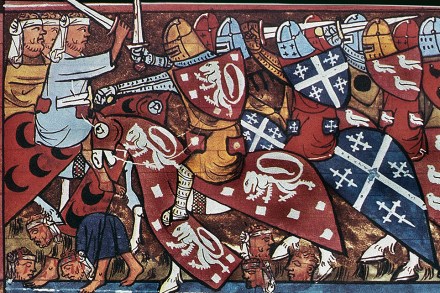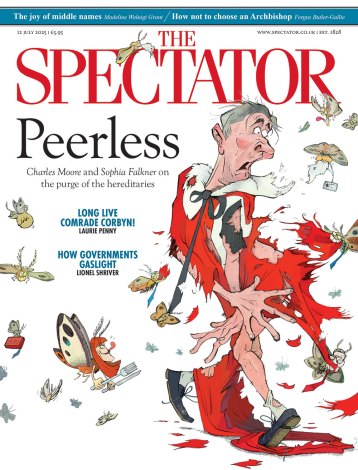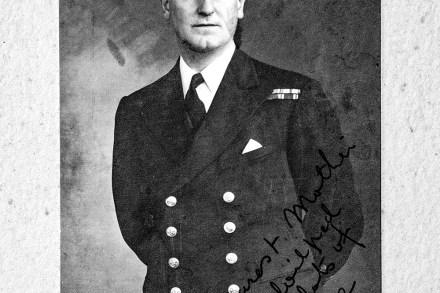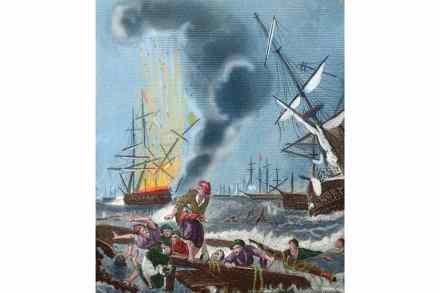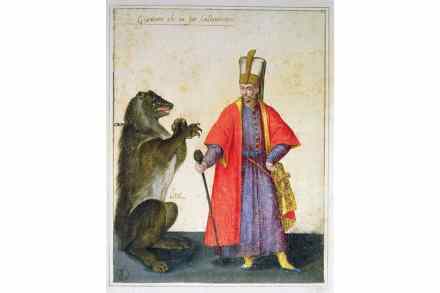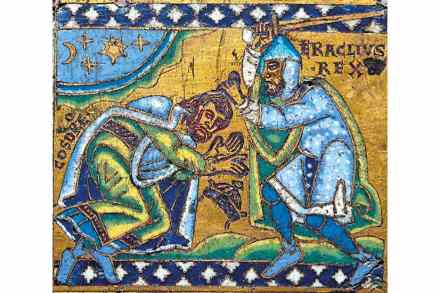For God or Allah
I thought we might be on to a winner with this book after the opening sentence. ‘From an early age,’ Simon Mayall writes, ‘I loved stories and storytelling.’ Sounds simple, but in a world in which many professional historians tend to know more and more about less and less, and write for each other rather than the wider public, the grand narrative history is something which general readers will applaud and enjoy. Lieutenant General Sir Simon Mayall, to give him the full honours, is one of this country’s most distinguished soldiers and is steeped in the history of the Middle East. There is no doubting the pivotal nature of the
